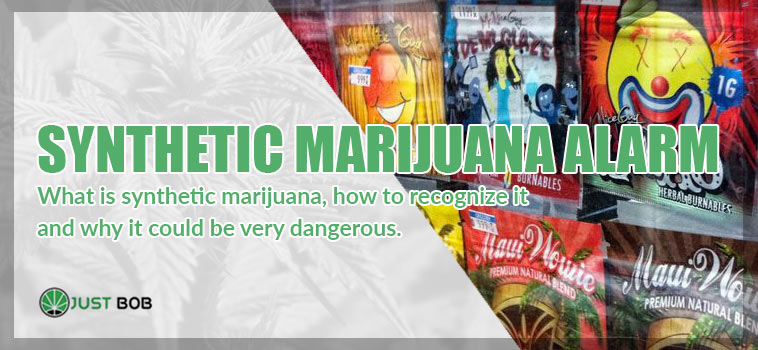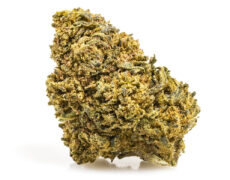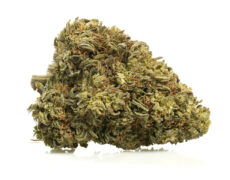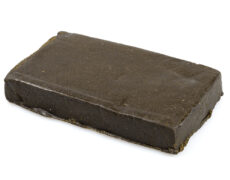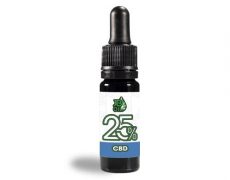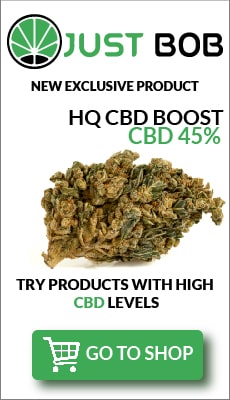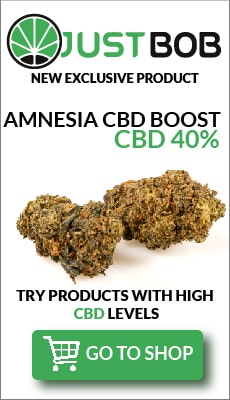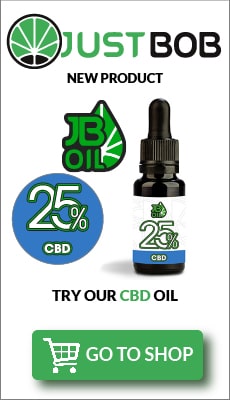Modified on: 14/03/2024
Let’s analyze synthetic marijuana and other more periocolose and addictive drugs in the world
Other than CBD marijuana alarm: synthetic marijuana, a very different product from CBD cannabis, is scaring many people.
For example, in New Haven Green, a park in Connecticut, 72 overdoses were found, of which 6 were very close to death.
The alarm raised by the American FDA (Food and Drugs Administration) should therefore not be underestimated. The US government agency, after analyzing various samples of this synthetic cannabis, made the world aware of its danger to our health.
But have the classic cannabis and the so-called synthetic marijuana something in common? Do the consumers of the former run the same dangers as the latter? Let’s try to understand more.
What are the most dangerous drugs in the world?
The world faces a significant challenge in combating the impact of dangerous drugs, as illicit drugs continues to contribute to a wide range of serious health complications, including fatal overdose and addiction. Understanding the most dangerous street drugs is crucial for public health initiatives and addiction treatment efforts.
1. Opioids:
- Opioids, including synthetic opioids like fentanyl, are among the most dangerous drugs, contributing to a staggering number of drug deaths. Their addictive nature and potential for respiratory depression make them particularly lethal, like fentanyl addiction and oxycontin addiction in the USA. As happened with the addiction to fentanyl, or the addiction to oxycodone, which spread in the United States in the nineties of the last century. It is estimated that since 1999 700 thousand people have died as a result of the use of these drugs, which in the USA were at that time completely legal, and prescribed by doctors. Drugs, however, that had nothing of the medicine, if not the legality, and that were quietly given as prescription analgesic for a simple pain in the arm, or headache.These events remind us that despite the black market of drugs is alive and widespread all over the world, the most dangerous substances sometimes hide behind the prescription of your doctor, especially if you were born in the United States of America.
2. Heroin:
- Heroin remains a potent and deadly drug, causing severe health risks and contributing to numerous drug-related deaths. Heroin addiction can lead to collapsed veins, respiratory depression, and a range of other dangerous severe pain.
3. Cocaine:
- Cocaine abuse poses serious risks, affecting the central nervous system and often resulting in high blood pressure, heart attacks, and fatal overdoses. The stimulant properties of cocaine make it an extremely addictive substance.
4. Methamphetamine:
- Methamphetamine is addictive and associated with a multitude of health risks. Meth-related deaths, often involving severe physical and mental severe pain, are a significant concern.
5. Crack Cocaine:
- Crack cocaine, a potent and smokable form of cocaine, is known for its addictive properties and association with high-risk behaviors. Cocaine use can lead to addiction and serious health issues.
6. Prescription Opioids:
- Some prescription opioids, while intended for medical use, have become a part of the most dangerous drug classes due to their potential for misuse. Overuse of prescription painkillers can result in addiction and fatal overdose.
7. Synthetic Cannabis:
- This drug often sold as a legal alternative, poses high risks due to its unpredictable and potent nature. Health complications, including respiratory issues and potentially fatal outcomes, have been associated with its use.
8. Alcohol:
- Excessive alcohol use is a major contributor to health complications, including liver disease, high blood pressure, and accidental deaths. Alcohol use disorder requires medical supervision and addiction treatment.
9. Methadone:
- Methadone abuse is a concern due to its use in treating opioid addiction. When misused, it can lead to depression and accidental death.
10. Benzodiazepines:
- Some prescription medications, such as benzodiazepines, when misused, can be a highly addictive substance and lead to serious health risks, including physical dependence and withdrawal symptoms. Efforts by national institutes and disease control centers underscore the need for comprehensive addiction treatment, incorporating behavioral therapies and FDA-approved medications. Addressing substance use disorders requires a multi-faceted approach, considering the dangers posed by opioids, stimulants, depressants, and other drugs. Education, prevention, and options are crucial in mitigating the impact of the on individuals and society as a whole.
Confronting the Epidemic: Understanding the Impact of Drug Abuse, Addiction, and Overdose Deaths
In the landscape of public health, confronting the epidemic of drug abuse, addiction, and overdose deaths is a paramount challenge that demands a comprehensive understanding of the factors involved lethal drug using. The repercussions of dangerous drugs extend far beyond individual choices, affecting communities and straining healthcare systems. This text delves into the critical aspects of this epidemic, shedding light on the most dangerous drugs, drug overdose deaths, and the pervasive issue of drug addiction.
Drug Abuse and Most Dangerous Drugs:
One facet of the epidemic of methamphetamine addiction revolves around the rampant use of dangerous drugs, both illicit and prescription. Individuals engaging in drug abuse often find themselves entangled with the allure of the most dangerous drugs. These substances, whether obtained on the streets or through prescriptions, pose severe risks to health and well-being.
Drug Overdose Deaths and the Lethal Nature of Some Drugs:
The stark reality of the epidemic manifests in the alarming statistics of drug overdose deaths. Among the contributors to this grim tally are highly addictive substances and lethal drugs that, when misused, can lead to fatal outcomes. Addressing the root causes of prescription drug overdose deaths involves understanding the specific dangers posed by these substances.
Drug Addiction and Withdrawal Symptoms:
Central to the epidemic is the pervasive issue of drug addiction. Individuals ensnared by the clutches of addiction often face debilitating withdrawal symptoms when attempting to break free. The cycle of addiction perpetuates the use of other dangerous drugs, contributing to the overarching crisis.
Substance Abuse and Treatment Options:
The term substance abuse encapsulates a spectrum of behaviors, from casual drug use to chronic addiction. Recognizing the need for intervention and treatment, health organizations like the Centers for Disease Control and the National Institute on Drug Abuse play a crucial role in providing resources and strategies to combat both substance use disorder and abuse.
Prescription Drugs and the Central Nervous System:
The epidemic also implicates the misuse of prescription drugs, synthetic opioid which, when abused, can function as a central nervous system depressant. This misuse contributes to the broader issue of substance abuse, underscoring the importance of responsible prescribing practices and education.
Highly Addictive Substances and High-Risk Behaviors:
Certain drugs, such as synthetic opioids and cocaine, stand out among other street drugs as highly addictive substances associated with high-risk behaviors. Whether through injection or inhalation, the patterns of use can exacerbate the risk of overdose deaths and contribute to the overall danger posed by these substances.
In conclusion, confronting the epidemic of drug and alcohol abuse,, addiction, and overdose deaths necessitates a holistic understanding of the interconnected factors at play. From addressing the dangers of the most dangerous drugs to implementing effective treatment options for those grappling with addiction, a concerted effort is needed. By focusing on prevention, education, and accessible treatment, society can work towards mitigating the impact of this complex and far-reaching crisis on individuals, families, and communities alike.
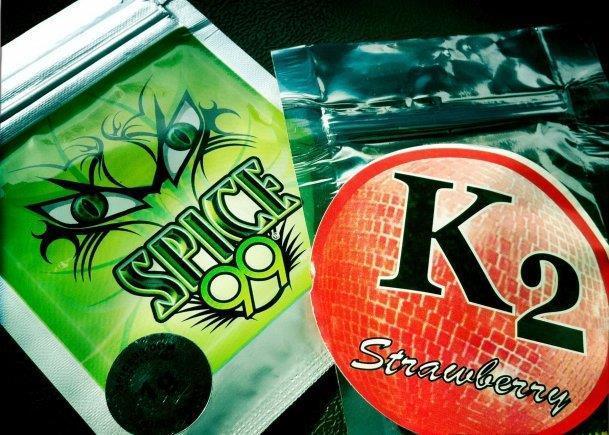

What are synthetic cannabinoids?
Although apparently similar, marijuana (legal CBD flowers and illegal) and synthetic cannabis are extremely different and their effects are different.
What makes synthetic cannabis so frightening is its being imbued with psychoactive substances produced in the laboratory in awkward and unnatural way.
For this reason they have unpredictable consequences and manifestations in the consumer.
The chances of contamination of this substance with molds, pesticides or heavy metals with a high level of toxicity are very high, with very serious health consequences.
The risks of synthetic cannabis, also known as spice or K2, are 30 times higher than natural cannabis.
What easily allows its diffusion is the low cost and the psychoactive effects, that are much higher than the normal or legal marijuana.
These effects are due to the high content of the THC molecule, which “gives” to those who use it a sense of even greater and longer buzz, but increasing their unpredictability. It is also less detectable as a substance in the urine test.
A serious health hazard that extends especially among the very young.
In our country, 1 in 10 adolescent boys has consumed synthetic cannabinoids at least once, according to the Espad Italy report.
The sample taken into consideration is that of about 275 thousand students.
But how to recognize synthetic marijuana?
We can say that the classic hemp, both legal and not, is always found in the form of inflorescence.
The synthetic one is a mix of herbs and other substances, so it is already chopped and ready for use. Furthermore the packages are often (but not always) named with the abbreviation K2 or the word Spice combined with another word.
Any examples?
Spice Diamond, Spice Gold, Spice Silver etc.
The names, however, can also be different (there is, for example, also the Black Mamba), so the peculiarity that mainly distinguishes the synthetic hemp is the fact that it is configured as a chopped ready one.
>> Read also: Marijuana California Haze, all the features of this variety
How does synthetic cannabis work and what effects does it produce?
There are hundreds of different types of cannabinoids and they all stimulate the CB1 cell receptor, located in the area of the endocannabinoid system of the brain (the SEC).
Although synthetic marijuana acts on the same receptors on which the THC of the classical herb usually takes effect. However, it does not have cannabidiol, also called CBD, a non-psychoactive molecule that has the function of limiting and controlling the psychoactive effects of THC.
This not only makes the duration of the effects different, but changes the various stages of cannabinoid metabolism, making its effects not controllable and more dangerous for health.
Making use of synthetic marijuana is a bet, since in some cases the THC molecule does not change in the laboratory, in others it has deleterious consequences for the consumer.
The absence of CBD, a natural brake on the psychoactivity of THC, is felt.
Uncontrollable general anxiety states, nausea, paranoia, panic crisis and the whole spectrum of anxiety sensations and disorders that resemble those of a real case of “psychotic case” are among the possible side effects of synthetic marijuana.
Furthermore, inside, as the FDA has shown, it is possible to find rat poison or high-level hallucinogenic opioids.
>> Read also: Indica or sativa marijuana: here are the differences
CBD cannabis and synthetic cannabis: same risks?
Absolutely not.
Legal weed is a cannabis sativa with a THC level lower than 0.2% as required by the Italian law, thus making the capacity of the psychoactive THC molecule so limited as to be considered absent. On our website you will be able to buy legal weed online – being sure that it complies with Italian regulations.
Beyond this, legal weed UK has a very large amount of CBD, which, as we have seen, is a brake and a limiter of the natural psychotropic effects of THC.
It is also a molecule used by the world of medicine in different forms and uses, given its extraordinary healing properties.
CBD weed is used as a remedy for physical and non-physical diseases, such as anxiety, post-traumatic disorder or obsessive compulsive disorder.
It helps to manage these pathologies of the psyche by alleviating anxiety, helping to counteract the insomnia and depression generated by these states of alteration of the mind.
It has great anti-inflammatory properties, it is used for the treatment of diseases such as arthritis or severe inflammation. Very interesting is the use of CBD oil due to the versatility of this product.
It contains anticonvulsant properties, useful for the management and reduction of epileptic seizures.
Its protective properties are such that it is often used in other forms and areas, such as cosmetics.
The presence of considerable quantities of essential fatty acids (Omega3 and Omega6) allow maintenance and a great quality of skin hydration.
It is also used as a balm and a curative gel, to be spread with care in the painful area.
In short: a product that is completely different from synthetic marijuana, which continues to claim victims but which, unfortunately (and unlike the inexplicable terrorism on legal hemp) nobody talks about it enough.
And, if you wanna enjoy legal cannabis and legal hash safely, visit our CBD online shop, Justbob!
See you there!

